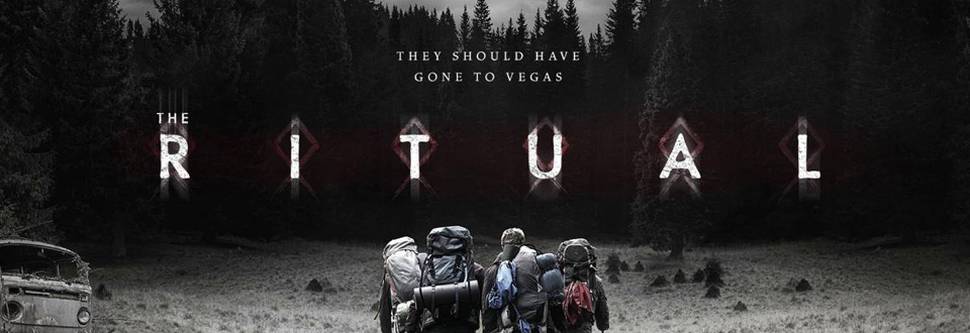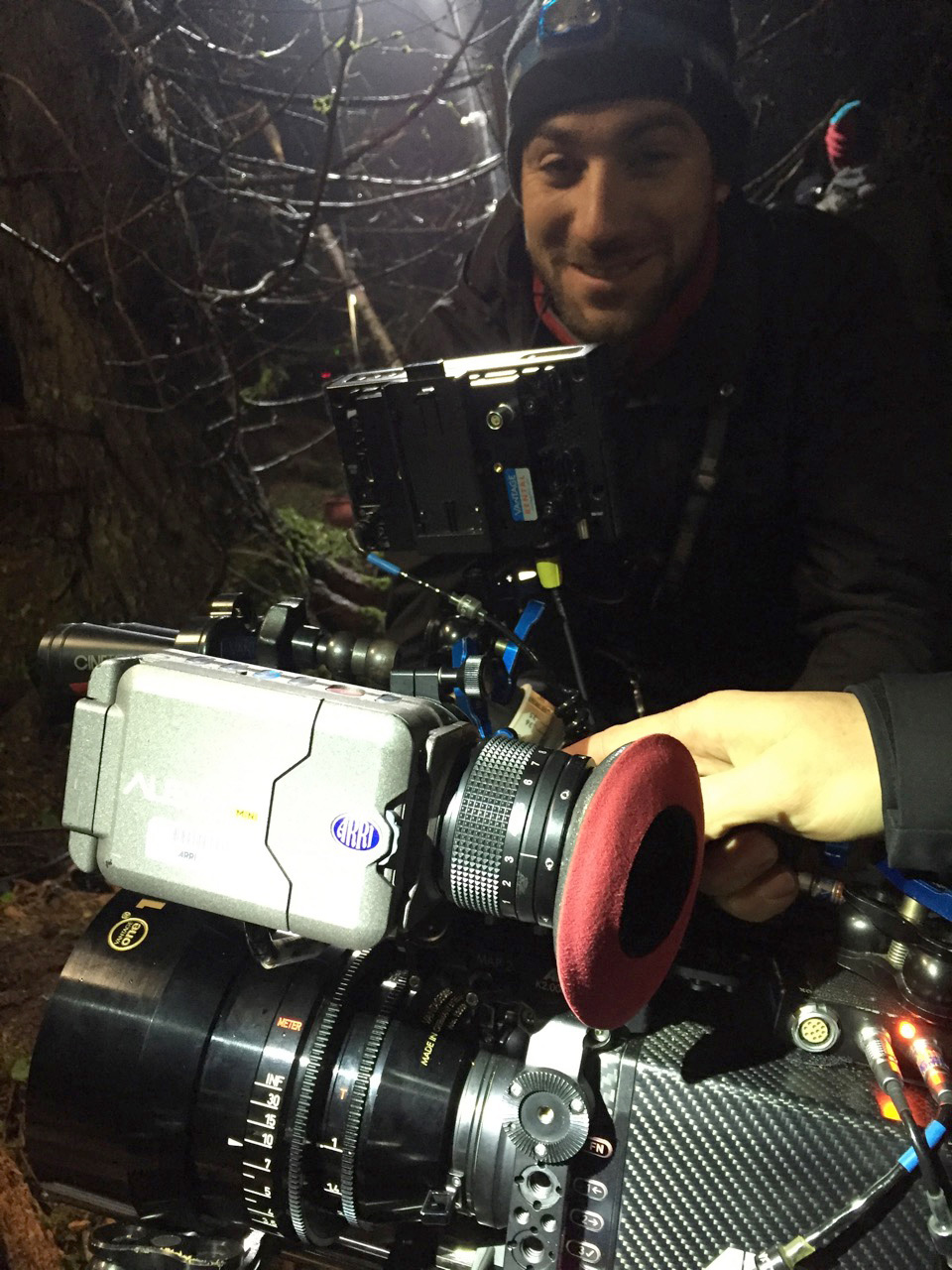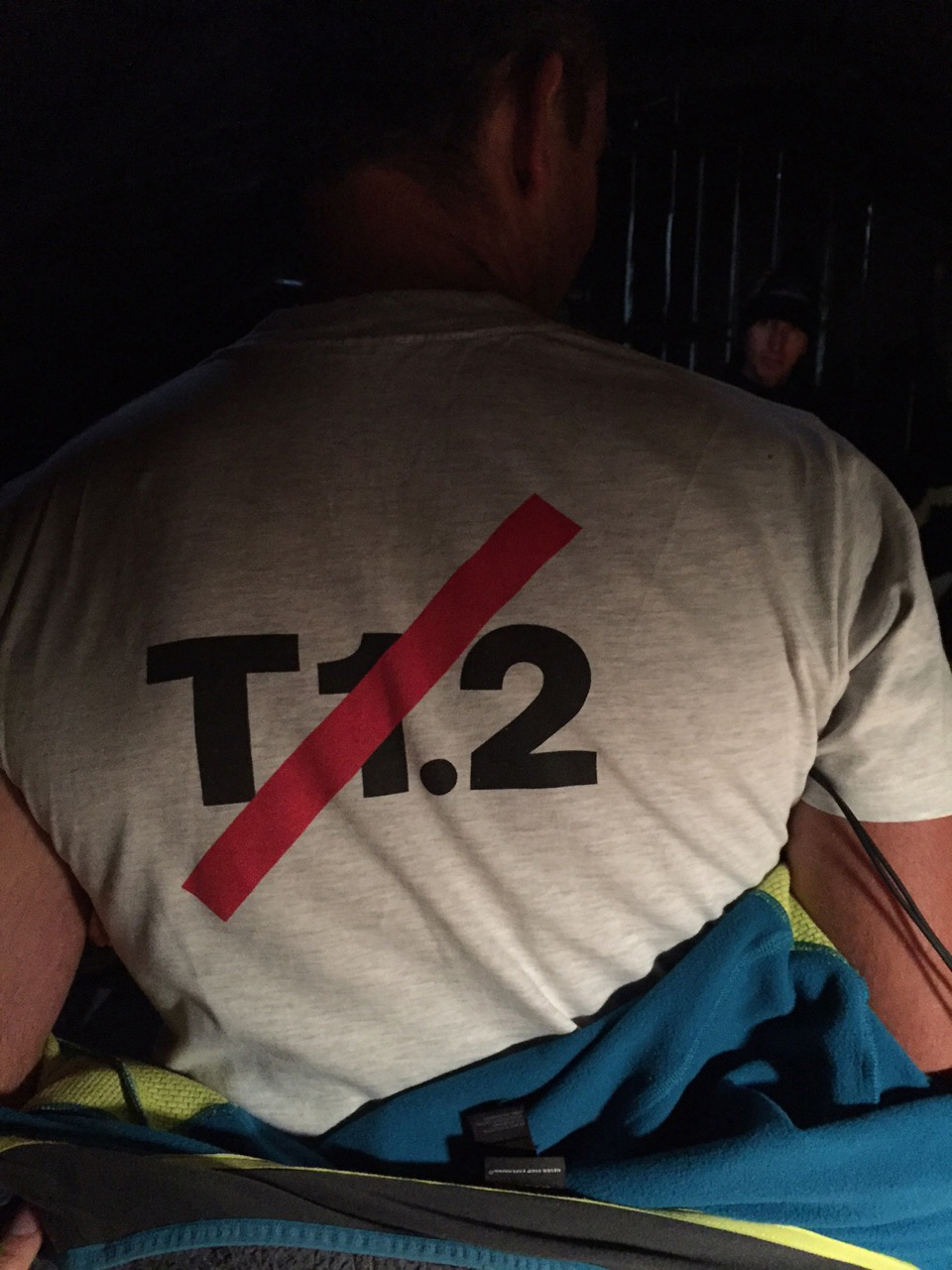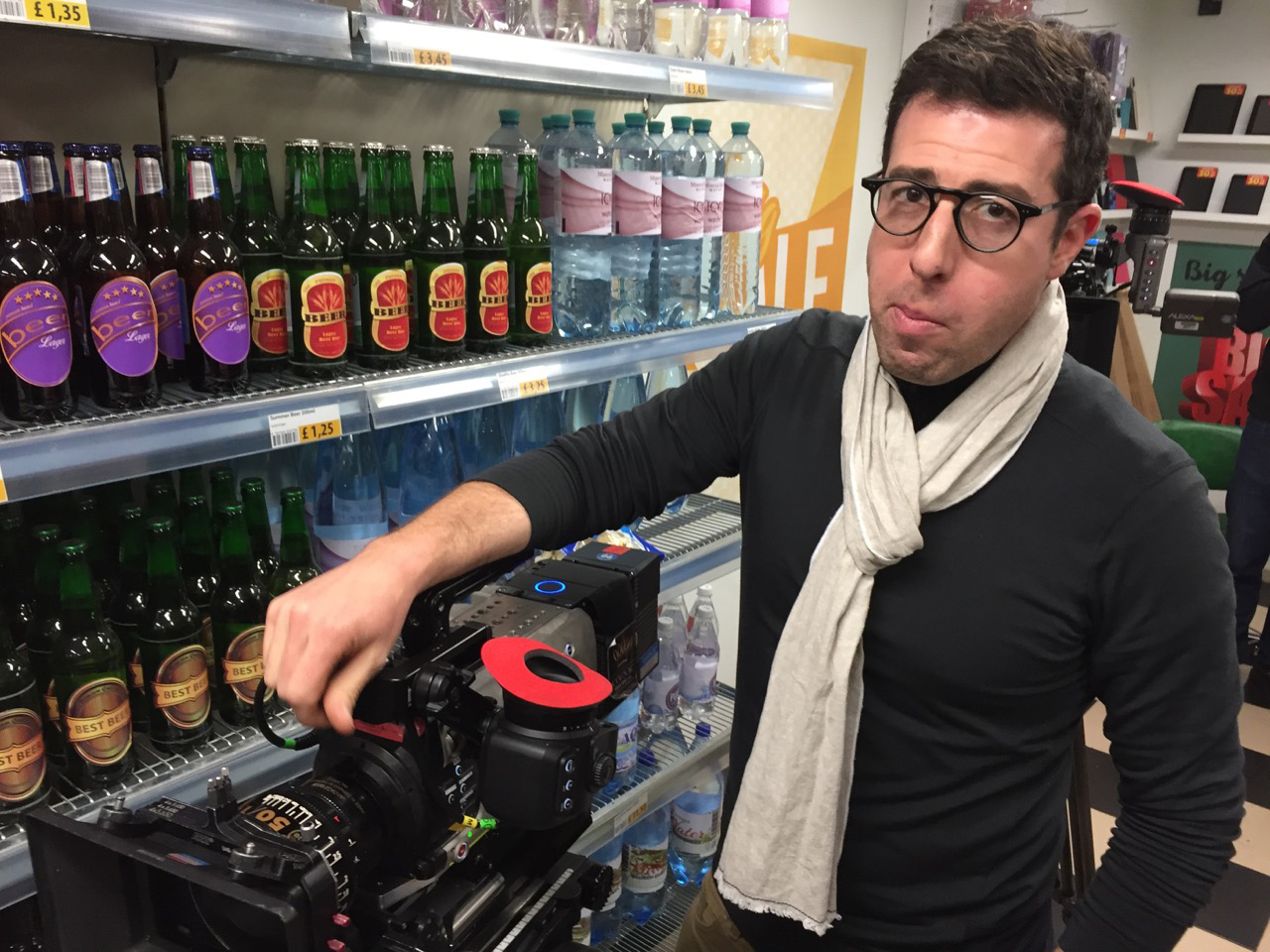
Netflix wins bidding war, paying $4.75 million after Toronto premiere
The Ritual follows a path that many aspiring filmmakers hope to walk – a modestly budgeted horror film that shows off the freshness and potential of the minds that made it. Variety’s reviewer saw the film’s premiere at the Toronto International Film Festival and wrote, “The Ritual owes its primary effectiveness not so much to story or character per se as to the unsettling atmosphere [director David] Bruckner and company have eked out of the forest itself. DP Andrew Shulkind’s impressive lensing often frames the actors dwarfed and dominated by oddly hostile-looking trees. . . they feel frighteningly infinite.”
After positive buzz at its Toronto premiere, The Ritual was quickly picked up by Netflix, reportedly for about $4.75 million. A theatrical release in the UK reportedly netted another cool $1 million.
The story, an adaptation of Adam Nevill’s award-winning novel, concerns a group of college friends who reunite in dark and deeply forested exteriors above the Arctic Circle in northern Sweden. Eventually a malevolent presence reveals itself, and the drama becomes an exploration of human psychology under extreme circumstances. The Ritual was filmed almost entirely in central Romania, using Canon C300 Mark II and C700 cameras and VantageOne T1 lenses. The image format was 4K RAW.
To achieve the effect noted by Variety, Shulkind and Bruckner planned carefully. They chose Canon cameras based on testing that revealed another full stop of light and a superior noise threshold.
“We grappled with what night really looks like, and how authentic we could make it, given the incredibly sensitive cameras and super-fast lenses we now have,” says Shulkind. “The idea wasn’t to use all natural light or to avoid lighting, it was to light the night very naturally at very low, subtle levels. Shooting the Canon at 3200 ISO, and at times up to 6400 ISO, with a T1 lens – it’s more than your eye can see!”
Along with their eye-popping speed, Vantage T1 lenses deliver a distinctive visual fingerprint and new versatility in texture, which varies depending on the T-stop. The lenses were designed with today’s flawless digital sensors and lossless postproduction in mind, and with the knowledge that personality in today’s digital filmmaking often comes from the glass.
“The main reason we chose the T1 lenses was speed,” says Shulkind. “That’s a huge advantage. But I’ve also used these lenses quite a bit on commercials, and they are beautiful – some of my favorite glass. I’ve been a fan of these lenses since they were released. Between T1 and T1.35, you start to get unique veiling around the highlights. It’s still tack-sharp, but interesting things happen. So we used that deliberately, as the central character is struggling with the anxiety and guilt he feels for his friend’s death. We found a high, three-quarter angle that I found to be very introspective, and combined with the lens at T1.4 or wider, it gave us a look we liked. That’s one of the aspects of the look we really leaned into the lenses for. The psychological aspect of the main character was an important part of our visual strategy, and the lenses really helped with that.
“We wanted to find a way to shoot coverage during this two-hour period of twilight – to get four or five different pieces of coverage that all feel like the same time of day, twilight into dusk,” he says. “The lenses really helped us do that by using the shallow depth of field, and that was something that also became an intrinsic part of the look.”
A 2:1 aspect ratio was chosen as the most effective frame for the haunted forest and steep terrain.
“Early on, we had a lot of discussion about whether to shoot 2.35,” says Shulkind. “Often you make that choice in order to bring a cinematic look with the wide screen, but we already had a cinematic look. Then we talked about using the verticality of the trees. They’re so tall. They’re enormous, and we thought that they could help give us a unique perspective that would minimize and miniaturize the characters.”
Except for five days, the shoot was accomplished in exterior situations. The experience affected the crew, and seeped into their framing and lensing decisions.
“Shooting outside for that length of time, I realized how accustomed we are in our modern world to straight lines,” says Shulkind. “After being in the forest for six weeks, you being to yearn for a level horizon – a framing reference. Level is very subjective in the forest, where there are hills and maybe the trees aren’t growing straight up. Even the cabins and barns we shot in aren’t exactly square. Also, in northern Sweden, the sunrise and sunset times can be disorienting. We tried to incorporate that unmoored feeling in our film.”
Bruckner also called for an unusual zoom technique as a motif. “At first, I wasn’t so excited about it, but then when we started using it, it became cool,” says Shulkind. “We’d slowly push in on the whole range of the 12:1 Angenieux, and sometimes deliberately reveal something – perhaps the hand of the creature pulling away – as things appear and disappear in focus and among the trees. It’s subtle, something you might not catch until the second viewing.”
Shulkind says that without recent developments in technology, their approach could not have worked.
“I think we looked at every movie shot in a forest in the last 30 years,” he says with a laugh. “Authenticity at night was less of an imperative in those films, because you didn’t have the exposure to work this way. But now it can be finessed a little more. I also wanted to light the depth of the forest, and not feel it drop off. There’s a kind of terror in such a large forest that goes on for miles. To light that depth was difficult – we were shooting far from the generator, up the side of a mountain, with cables crossing streams. We took Lite Ribbon and stapled it to a yardstick, powered it by a lantern battery, and put it in the deep background.
“I think there’s an opportunity to incorporate highly sensitive sensors, and superfast lenses, and low light levels while still applying all the tenets of cinematography and production design and storytelling that we’ve used for 100 years,” says Shulkind. “And I think The Ritual is a great example of that. We were able to use the newest tools, on a modest budget, under difficult conditions, to tell our story in an efficient way.”

"The T1s were so beautiful. This movie is going to be an outstanding sample of how to push these lenses! We shot most of the movie at T1.2, and several outstanding images at T1 on Alexa mini, the new Canon c700, the Canon c300mk2....

... so much so that my focus puller made up some t-shirts!" Andrew Shulkind
